Oboe Concerto in D Major
- 1.Oboe Concerto - Accompaniment0:51
- 2.Oboe Concerto - Melody (Slower tempo)1:11
The “Oboe Concerto in D Major” for Oboe and small orchestra, AV 144, TrV 292, was written by Richard Strauss in 1945. It was one of the last works he composed near the end of his life, during what is often described by biographers, journalists and music critics as his “Indian summer.”
The concerto is scored for oboe solo with an orchestra of 2 flutes, cor anglais, 2 clarinets, 2 bassoons, 2 horns, and strings.
The Oboe Concerto in D Major consists of three interconnected movements and lasts around 25 minutes:
- Allegro moderato
- Andante
- Vivace – Allegro
The tonal disposition of the movements is D major, B-flat major, D major. Juergen May has observed that “it is obvious that Strauss takes as his point of departure here the Classical and early-Romantic models of his musical youth. The composer looks back to a past aesthetic from the perspective of someone who has lived through the paradigm changes of the nineteenth and twentieth centuries. In this sense one might call the last works of Strauss postmodern.”
As with his other late works, Strauss builds up the music from a series of small melodic ideas “which are the point of departure for the development of the entire composition.” The concerto is built up from three main thematic elements. The first is the 4 semiquavers D–E–D–E which opens the piece in the cellos. The second is a long note (minim) followed a playful figure of shorter durational values (semi-quavers). The third is a repetition short-short-short long followed by different variants of continuations. This motif echoes the rhythm of the Fate motif of Beethoven‘s Fifth symphony and “clearly refers to Metamorphosen, completed just before the Oboe Concerto – a remarkable example of the thematic links between the last instrumental works”. However, it also relates back to Strauss’s use of the rhythm of the Fate motif in the first movement of his youthful Piano Sonata written over 60 years earlier in 1881. The finale ends with a surprise: after the second cadenza, Strauss concludes with a dance-like Allegro in 6/8 meter which comes across as a fourth movement with a character of its own.
There are 4 different purchase options available:
Option 1:
1st Movement: Accompaniment & Accompaniment + Melody (Slower Practise Tempo)
Option 2:
2nd Movement – Accompaniment & Accompaniment + Melody (Slower Practise Tempo)
Option 3:
3rd Movement – Accompaniment & Accompaniment + Melody (Slower Practise Tempo)
Option 4: (all of the above)
All 3 Movements – Accompaniment & Accompaniment + Melody (Slower Practise Tempo)
€4,00 – €10,00
Product Description
The “Oboe Concerto in D Major” for Oboe and small orchestra, AV 144, TrV 292, was written by Richard Strauss in 1945. It was one of the last works he composed near the end of his life, during what is often described by biographers, journalists and music critics as his “Indian summer.”
The concerto is scored for oboe solo with an orchestra of 2 flutes, cor anglais, 2 clarinets, 2 bassoons, 2 horns, and strings.
The Oboe Concerto in D Major consists of three interconnected movements and lasts around 25 minutes:
- Allegro moderato
- Andante
- Vivace – Allegro
The tonal disposition of the movements is D major, B-flat major, D major. Juergen May has observed that “it is obvious that Strauss takes as his point of departure here the Classical and early-Romantic models of his musical youth. The composer looks back to a past aesthetic from the perspective of someone who has lived through the paradigm changes of the nineteenth and twentieth centuries. In this sense one might call the last works of Strauss postmodern.”
As with his other late works, Strauss builds up the music from a series of small melodic ideas “which are the point of departure for the development of the entire composition.” The concerto is built up from three main thematic elements. The first is the 4 semiquavers D–E–D–E which opens the piece in the cellos. The second is a long note (minim) followed a playful figure of shorter durational values (semi-quavers). The third is a repetition short-short-short long followed by different variants of continuations. This motif echoes the rhythm of the Fate motif of Beethoven‘s Fifth symphony and “clearly refers to Metamorphosen, completed just before the Oboe Concerto – a remarkable example of the thematic links between the last instrumental works”. However, it also relates back to Strauss’s use of the rhythm of the Fate motif in the first movement of his youthful Piano Sonata written over 60 years earlier in 1881. The finale ends with a surprise: after the second cadenza, Strauss concludes with a dance-like Allegro in 6/8 meter which comes across as a fourth movement with a character of its own.
There are 4 different purchase options available:
Option 1:
1st Movement: Accompaniment & Accompaniment + Melody (Slower Practise Tempo)
Option 2:
2nd Movement – Accompaniment & Accompaniment + Melody (Slower Practise Tempo)
Option 3:
3rd Movement – Accompaniment & Accompaniment + Melody (Slower Practise Tempo)
Option 4: (all of the above)
All 3 Movements – Accompaniment & Accompaniment + Melody (Slower Practise Tempo)
Additional Information
| Divisions | Option 1: 1st Movement, Option 2: 2nd Movement, Option 3: 3rd Movement, Option 4: All 3 Movements |
|---|









